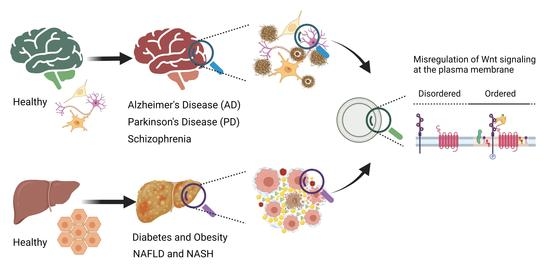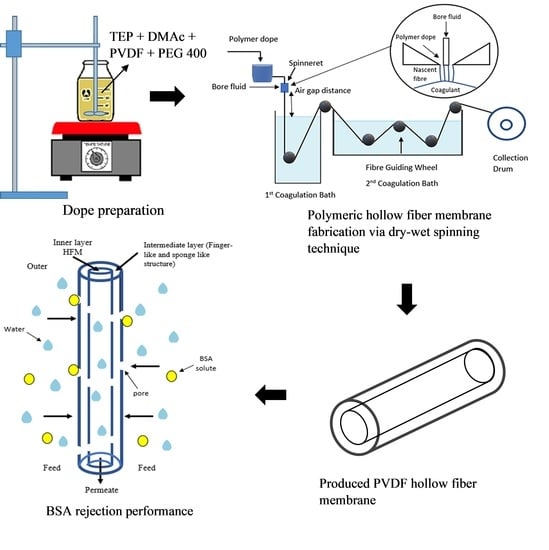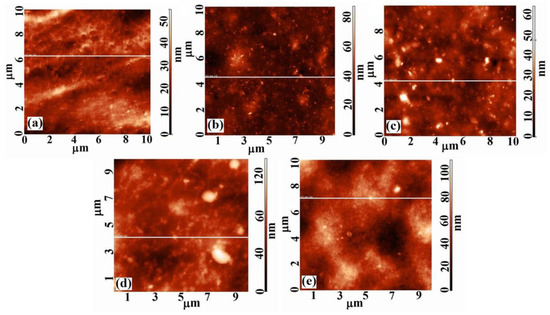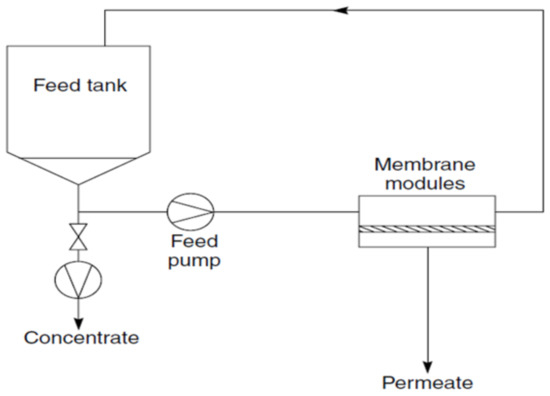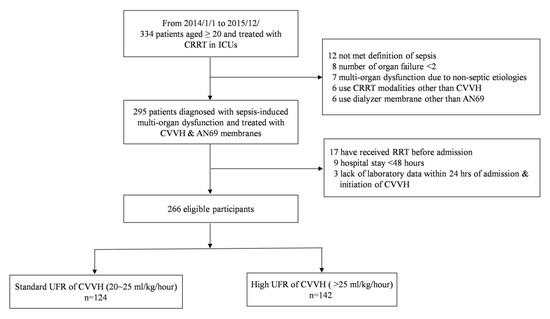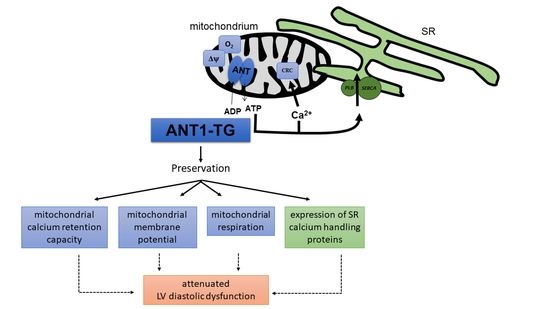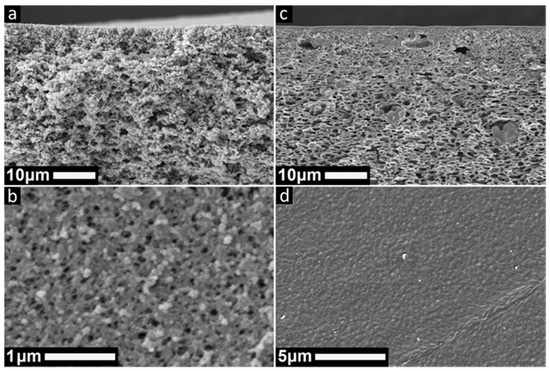Membranes 2021, 11(11), 846; https://doi.org/10.3390/membranes11110846 - 29 Oct 2021
Cited by 3 | Viewed by 2617
Abstract
Graphene-oxide (GO) membrane with notable ions sieving properties has attracted significant attention for many applications. However, because of the water swelling of GO membrane, the rejection of monovalent metal cations is generally low. In this work, we developed a fast and facile method
[...] Read more.
Graphene-oxide (GO) membrane with notable ions sieving properties has attracted significant attention for many applications. However, because of the water swelling of GO membrane, the rejection of monovalent metal cations is generally low. In this work, we developed a fast and facile method to fabricate a kind of reduced GO membranes using the thermal treatment method at 160 °C for only one minute, which denoted as fast reduced GO membrane (FRGO). Surprising, the FRGO membrane represents high ion sieving ability and ultrahigh water/ions selectivity, compared with other reduced GO membranes with similar average interlayer spacings, and even superior to most of GO-based membranes reported in literature. Building on these findings, we provide a new light on fabricating of energy- and environment-related high desalination performance of GO-based membranes as well as a new insight into the transport mechanism within 2D laminar nanochannels.
Full article
(This article belongs to the Special Issue Nanostructured Membranes II)
►
Show Figures


